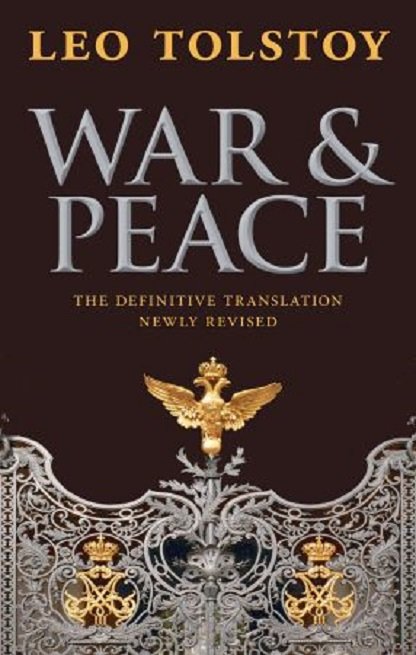About Lev Nikolaevich Tolstoy and his work "War and Peace" /part 3/
Tolstoy painted this type of bridegroom with a variety of tools. Already in the first paintings devoted to the reception of the court lady Anna Scherer, he showed the procession of the emptiness and stupidity of petty political and life gossip and of family-trading deals. Tolstoy ironically compares the pointless rumble of those present with the buzzing of spindles in a spinning workshop. Retail people deal with small issues. As far as political talks are concerned - there is an attempt at a serious conversation when Pierre Bezuhov interferes, but immediately frustrated by the hostess. Even in these first paintings, Tolstoy brings speeches of courtly speech - or a totally foreign or Russian-language speech that has lost its national appearance. For the entire novel, the author uses this Russian-foreign speech as one of the main features of characterization. The author's attitude is expressed directly by the description of most of the persons.
The portrait feature is not one-time. Tolstoy returns many times in the course of the action to one and the other in the appearance of his characters, "stir" this detail and makes her play a role consistent with their thoughts or actions. For example, he has repeatedly talked about the brilliant bald head of Prince Vasily Couragin, the marble neck and shoulders of his daughter, Elen, Anna Mihaylovna Drubelskaya, the beautiful lips of Berg, and so on. is self-directed. Tolstoy particularly pays attention to the situation in which the lives of those subdued, degenerating aristocrats are taking place. But he did not paint it as a writer-bitter and loving detail. He cares about what matters to people and the development of action. In the circumcision of negative images, Tolstoy has a very complicated approach in the midst of courtesy. He draws people all round, with their most diverse features and manifestations, without excluding the positive features they have. His attitude is the attitude of an objective and fair artist. He does not invent and transcend negative qualities to his characters, but derives them from their spiritual nature, their environment during a certain historical age and their complex intertwining.
This creates the image of its integrity. With the same factions, Tolstoy resorted to both the direct and the indirect techniques of individualization and typing. He also intervenes directly in order to characterize one person or another, and does this in a way through his own words, deeds or through the assessment of others. In any case, the author's attitude can be easily perceived and discovered everywhere. The other category of courtiers depicted in War and Peace is significantly different from the former. This includes the families Rostov, Bolkonski, Pierre Bezuhov, Maria Dmitrievna Akhsimova and others. They, although belonging to the noble circles of the aristocracy, have a completely different attitude to the problems of their time and to themselves. In their moral code, respect for their native land, native language, the search for a spiritual connection, and unity with the people are embedded in immutable duties. In each of them, of course, this is to a different degree conscious and developed, but also in the context of peace, and even more so in the context of war, these people display real civic and patriotic courage and even self-sacrifice. Old Prince Nikolay Bolkonski has a disdainful attitude towards the court circles, the headquarters, the foreign generals who serve in the Russian army without heart, for money. Napoleon does not scare him. Prince Nikolay Bolkonsky believes in Russian military science and art and inspires this belief of both his son Andrei and his daughter Maria. He has promised a premium to the one who truly describes the feats of the great Russian generals. Opposition to the palace, spartan rigor to himself and to the home witnesses sound moral principles.

Thanks to you I'm thinking read the book again 😊 off corse, I will read the book again when read all the posts.